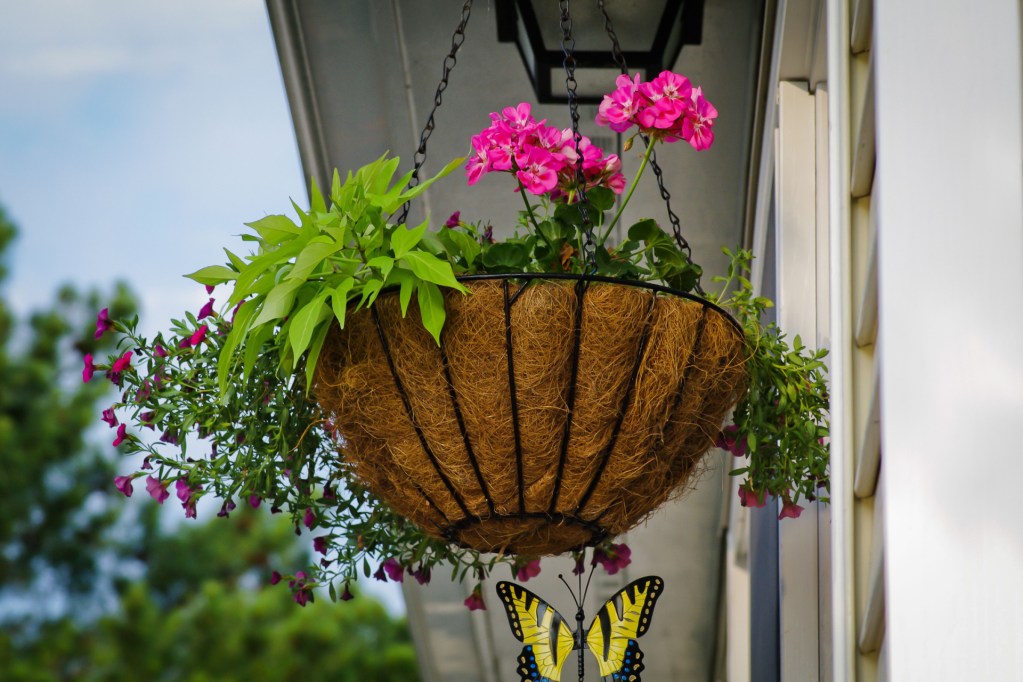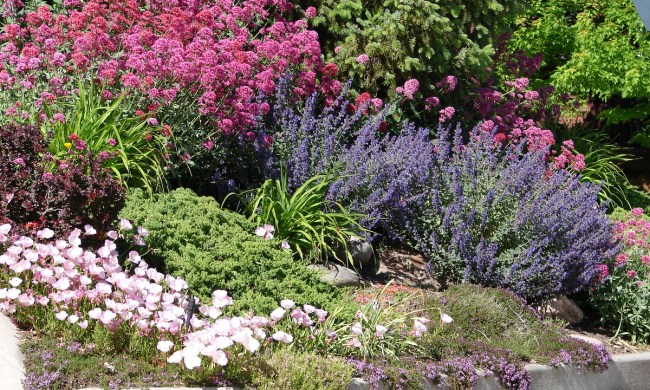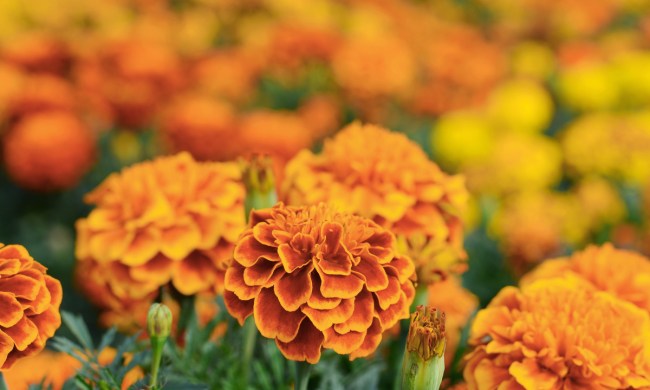If you’re a fan of organic gardening, you might already be keeping a kitchen compost bin. Did you know that some things don’t need to be composted first — they can be applied right to your garden soil. Coffee grounds are one such item, but not every plant enjoys them. What plants like coffee grounds, and what are the benefits of using them in your garden? Find out in this guide to using coffee grounds in the garden.
What are the benefits of coffee grounds in the garden?

Coffee grounds have a few potential benefits, although some of them can also be drawbacks in the wrong circumstances. Coffee grounds add nitrogen to the soil, along with a few other nutrients. Nitrogen is the primary nutrient released by coffee grounds as they break down. This is the same benefit provided by other forms of composted plant matter, but since coffee grounds break down faster due to already being ground and partially broken down, it can serve as a quicker boost. Coffee grounds also add some acidity to the soil, which can be good or bad depending on the plants you’re growing.
You can also use coffee grounds as a form of pest control, as some gardeners report that the texture of coffee grounds seems to deter soft-bodied insects such as slugs, snails, and caterpillars. While it isn’t a perfect pest control method, it is still a nice bonus.
What plants like coffee grounds?

When choosing what plants to spread your coffee grounds near, focus on plants that enjoy acidic soil and plenty of nitrogen. Azaleas, rhododendrons, roses, and blueberry bushes are common garden plants that can benefit from coffee grounds. You can also add some to the soil around your hydrangea plants, and if you have a color-changing variety, the added acidity may be enough to turn your hydrangea flowers blue.
Flowers and fruits aren’t the only plants that can benefit from coffee grounds. Some vegetables also appreciate the boost, including root vegetables and tubers like potatoes, carrots, radishes, and beets, as well as cucumbers and peppers.
What plants don’t like coffee grounds?

Avoid using coffee grounds near plants that dislike acidic soil or that are sensitive to high nitrogen. Ironwood, lavender, lilac, asparagus, clematis, lily of the valley, and geraniums are a few plants to be on the lookout for, as they all do better in alkaline soil than acidic soil. While a small amount of used grounds may not raise the soil pH enough to do damage, over time, these small shifts can still add up.
Additionally, if your soil is already slightly acidic, coffee grounds could tip the scales just enough to harm alkaline-loving plants. In these cases, it’s better to compost your coffee grounds, so that your plants can get the nutrients without the burst of acidity.
Coffee grounds can be a useful garden fertilizer, but it can do more harm than good for some plants. If your garden is full of plants that love acidic soil, then the added boost of coffee grounds can help your plants thrive. However, if your garden has more than a few alkaline-loving plants, you may want to reconsider. Luckily, composting your coffee grounds instead of applying them directly can still give your garden the benefits of the grounds, since the other composted items will balance the acidity of the coffee grounds.




